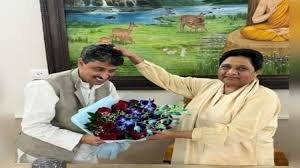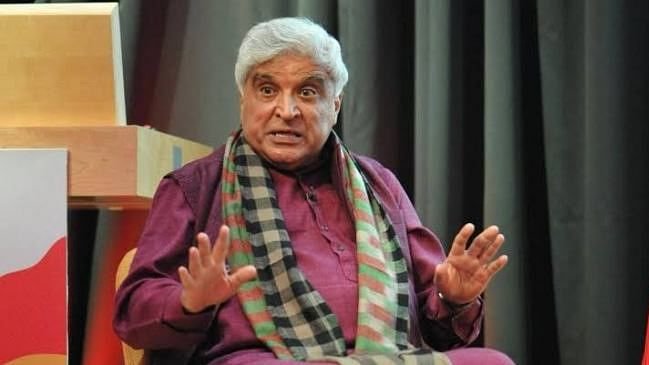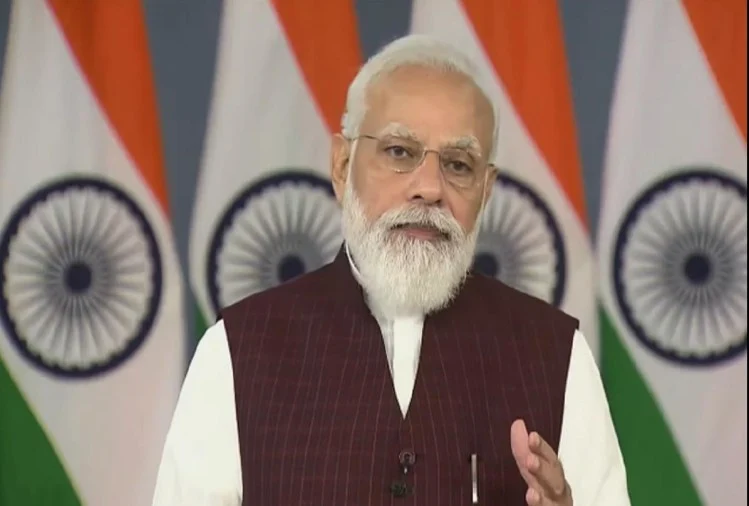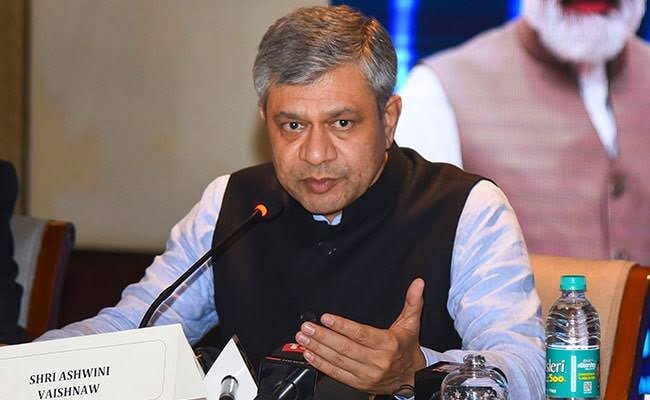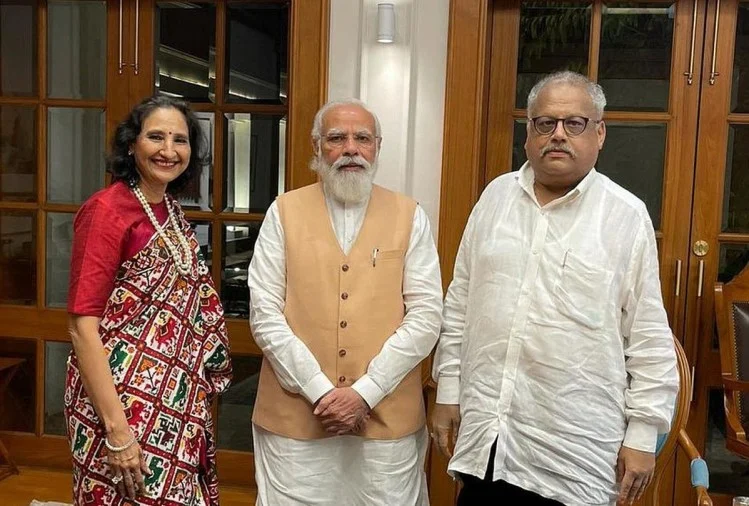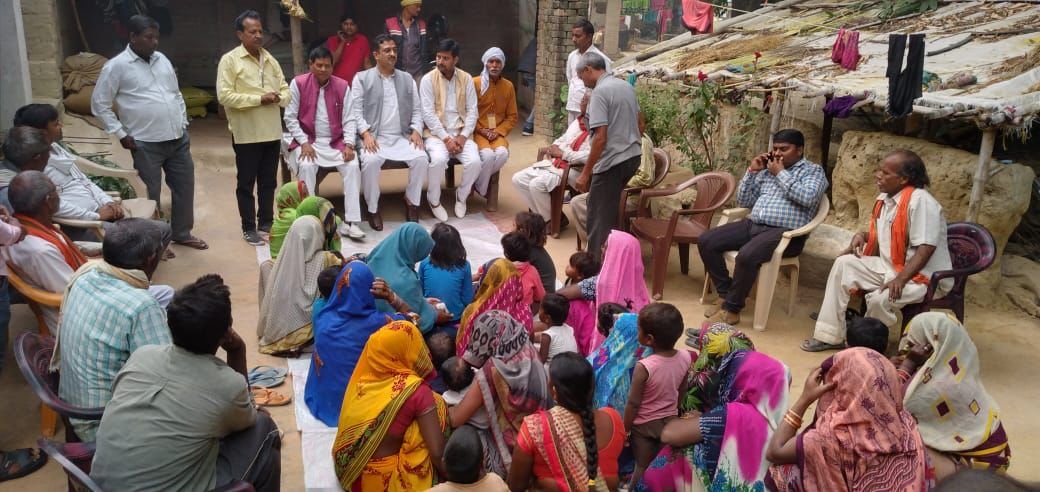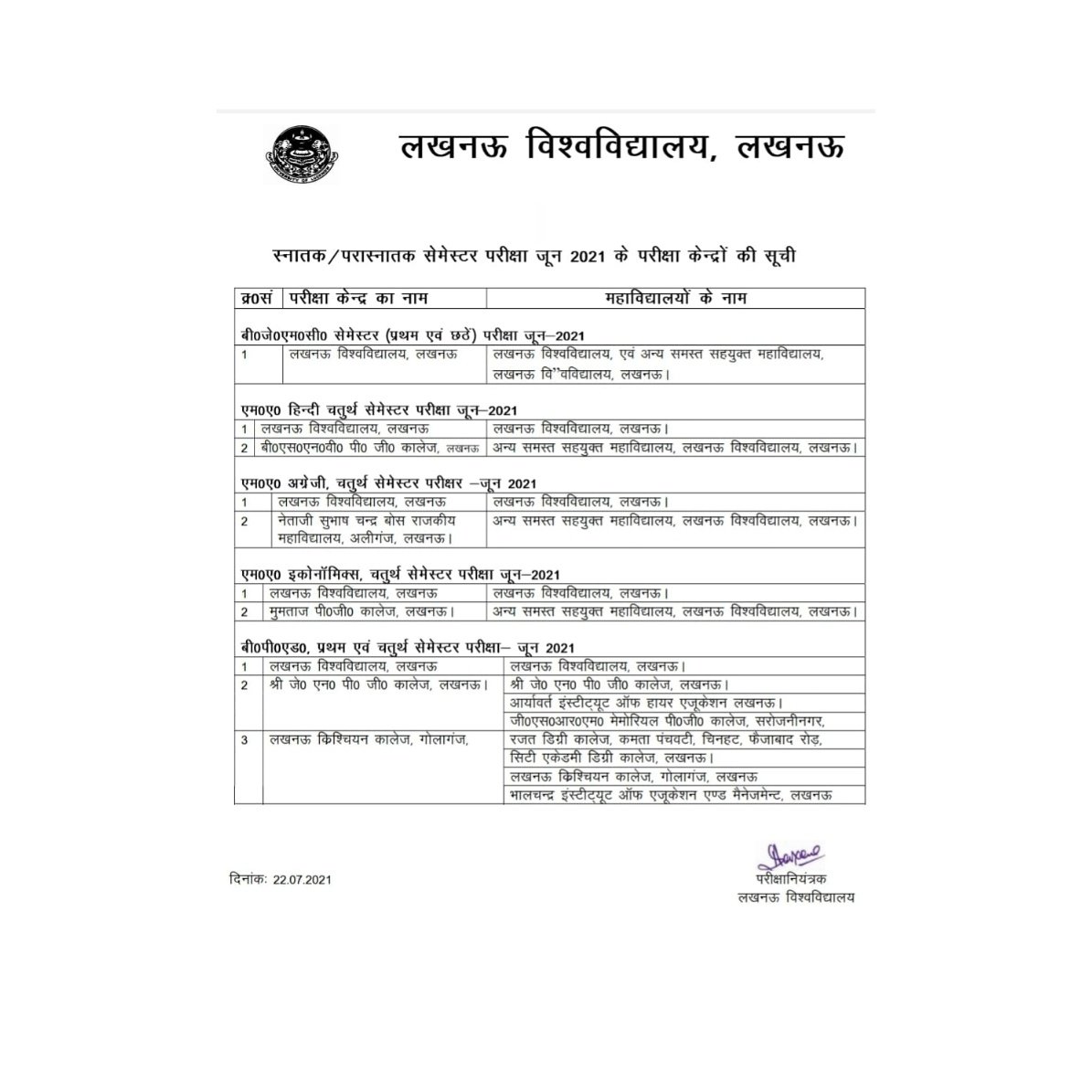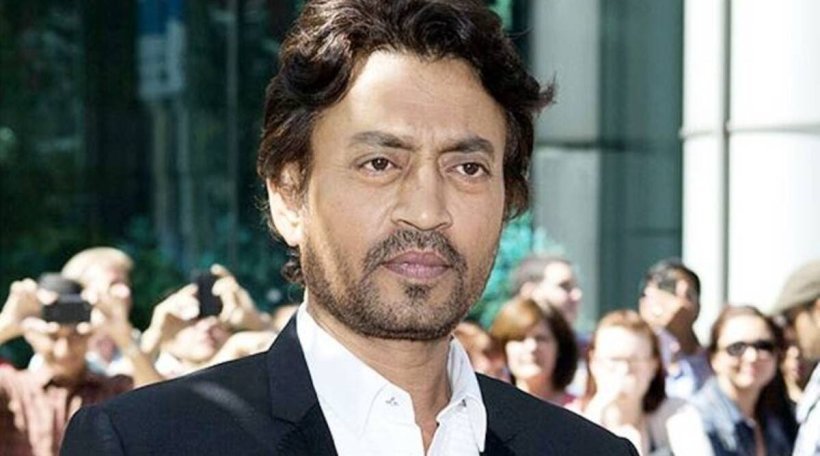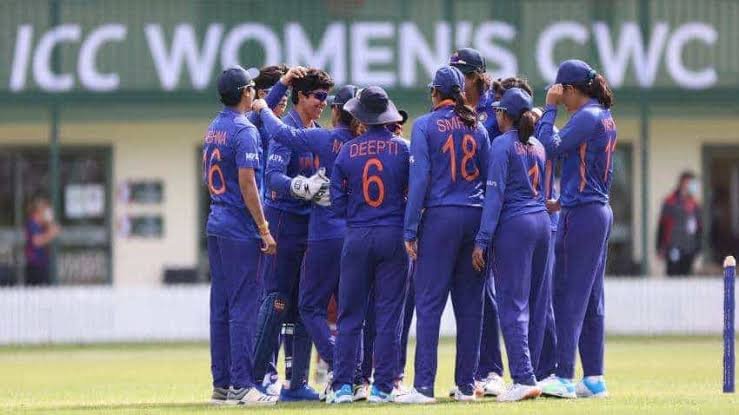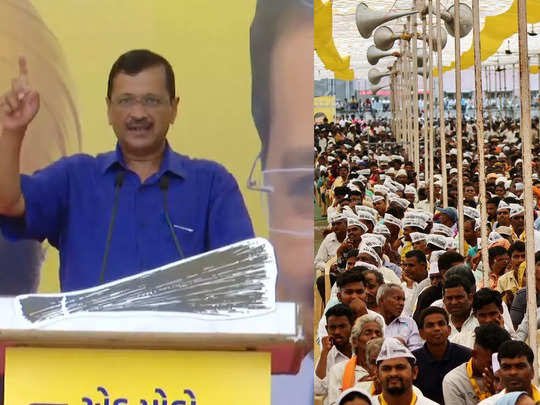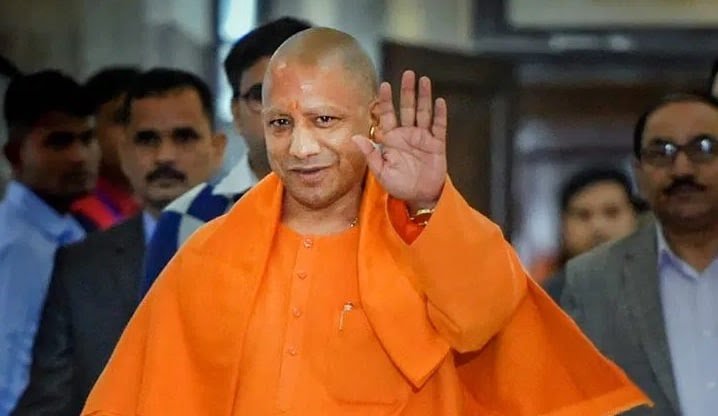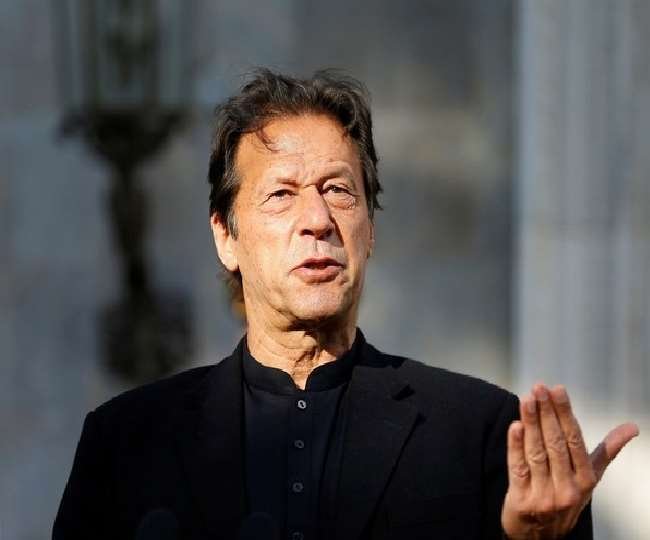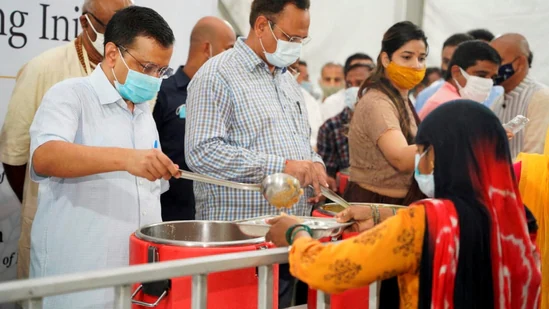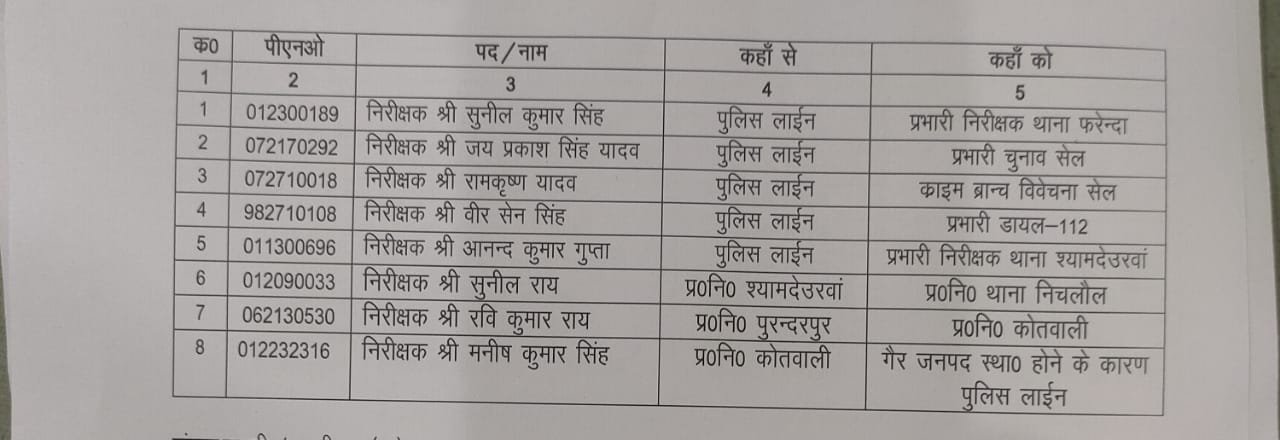China’s public governing body on Friday officially embraced the three-youngster strategy mooted by the decision Communist Party, in a significant arrangement shift expected to forestall a lofty decrease in rates of birth on the planet’s most crowded country.
The amended Population and Family Planning Law, which permits Chinese couples to have three youngsters, was passed by the Standing Committee of the National People’s Congress (NPC).
In an evident endeavor to address the hesitance of the Chinese couples to have more youngsters because of mounting costs, the corrected law has likewise passed more friendly and monetary help measures to address the worries.
The new law specifies that the nation will take steady measures, remembering those for funds, charges, protection, schooling, lodging and business, to diminish families’ weights just as the expense of bringing up and instructing kids, state-run China Daily announced.
The NPC has amended the law to carry out the focal authority’s choice to adapt to new conditions in friendly and monetary turn of events and advance adjusted long haul populace development, the report said.
In May this year, the decision Communist Party of China (CPC) supported an unwinding of its severe two-kid strategy to permit all couples to have up to three youngsters.
China allowed all couples to have two kids in 2016, rejecting the draconian many years old one-kid strategy which policymakers fault for the segment emergency in the country.
Chinese authorities guarantee the one-youngster strategy carried out for more than thirty years has forestalled more than 400 million births.
The choice to allow the third youngster came after the current month’s once-in 10 years evaluation showed that China’s populace developed at the slowest speed to 1.412 billion in the midst of true projections that the decay might start as ahead of schedule as the following year.
The new registration figures uncovered that the segment emergency China confronted was relied upon to extend as the number of inhabitants in individuals over 60 years developed to 264 million, up by 18.7 percent last year.
As the requires the public authority to get rid of the family arranging limitations became stronger because of the worries that the declining populace in the nation could bring about genuine work deficiencies and adversely sway the world’s second-biggest economy, the CPC chose to allow a third kid while declining to totally scrap the family arranging strategy.
“Information shows the maturing of the Chinese populace has additionally extended, and we will keep on confronting the strain to accomplish a drawn out adjusted populace advancement,” Ning Jizhe, top of the National Bureau of Statistics (NBS), said while delivering the registration figures on May 11.
The two-kid strategy neglected to enthuse couples to have a second youngster as less picked the subsequent kid, refering to weighty use in bringing up the kids.
The helpless reaction made Liang Jianzhang, educator at Peking University’s School of Economics, to recommend the public authority offer guardians 1,000,000 yuan (USD 156,000) for every infant kid to support the nation’s declining rate of birth.
Dan Wang, the main market analyst at Hang Seng Bank (China), said the three-youngster strategy would emphatically affect Chinas rate of birth, however not however much the specialists expected.
The significant expenses of lodging and schooling, just as an absence of occupation assurance for ladies, are solid financial imperatives on having children, she said, adding that the expense of having a third kid would be excessively high for most working class families.
The declining pattern provoked Chinese demographers to anticipate that India’s populace might overwhelm China’s sooner than the UN projection of 2027 to accept the best position as the most crowded country on the planet.
Projected to outperform China as the world’s most crowded country around 2027, India is relied upon to add almost 273 million individuals among now and 2050 and will stay the most populated country through the finish of the current century, an UN report said in 2019.
The UN report expressed that in 2019, India had an expected populace of 1.37 billion and China 1.43 billion and by 2027 India’s populace is projected to outperform China’s.
Lu Jiehua, teacher of human science at Peking University, said that China’s populace might top by 2027 preceding it begins to decrease. A few demographers accept the pinnacle might come when 2022.
China is likewise confronting the danger of falling into the snare of low ripeness, as it recorded 12 million births in 2020, denoting a drop for the fourth successive year.
China’s all out ripeness pace of ladies of childbearing age was 1.3, a moderately low level.
A report this year by China’s national bank – the People’s Bank of China (PBOC) – said socioeconomics of China is set to change as its populace development enters antagonistic development after 2025, which will bring about a deficiency of buyer interest.
“At the point when the absolute populace enters negative development [after 2025], there will be a deficiency of interest. We need to focus on the effect of socioeconomics on future utilization,” said Cai Fang, an individual from the money related arrangement council of the PBOC.
The PBOC study said China ought to promptly change its introduction to the world arrangements or face a situation wherein it has a lower portion of laborers and a higher weight of older consideration than the US by 2050.
It said the nation ought not meddle with individuals’ capacity to have youngsters or it will be past the point where it is possible to turn around the monetary effect of a declining populace.
China is additionally peering toward a reformist, adaptable and separated way to raising the retirement age.









































































































